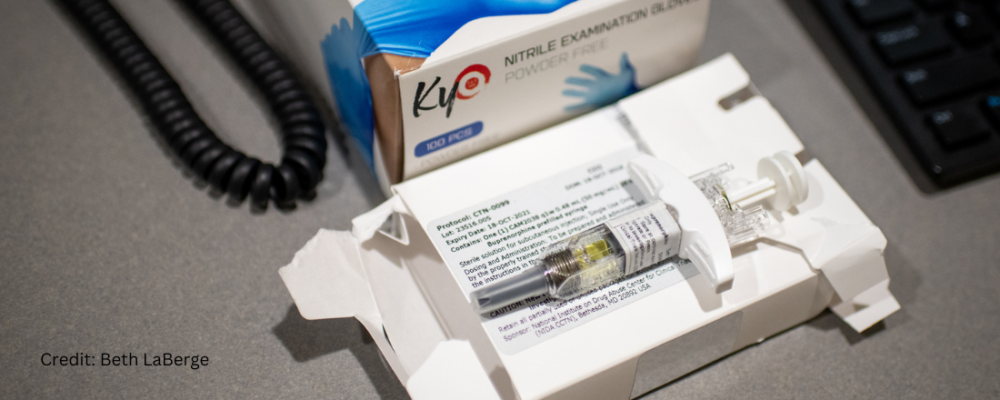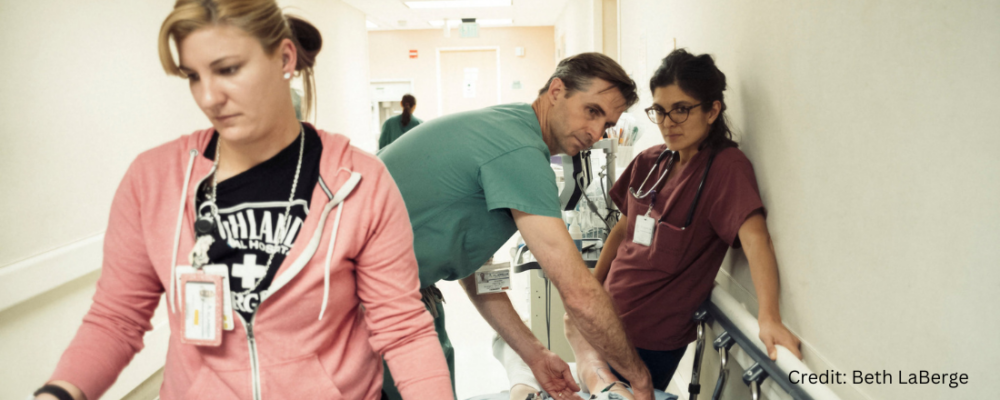
In the News
Coalition of Partners Work to Address Opioid Crisis in Santa Cruz
- Lookout Santa Cruz
-
Focus Areas
Alcohol, Tobacco, Drugs & Mental Health

SafeRx Santa Cruz County works with community partners to decrease opioid-related addiction and dependency through better medication-assisted substance disorder treatment and increase the availability of overdose reversal medications in Santa Cruz, California. SafeRx receives funding and support through PHI’s California Opioid Prevention Network to help strengthen their capacity to do this work. AmeriCorps members support PHI programs and community-based partner organizations working at the front lines of far-reaching and innovative efforts.
This story is part 2 of a three-part series on the fentanyl crisis in Santa Cruz, California.
“Santa Cruz’s record fentanyl-related death toll last year doubled the total for 2022. But are overdose deaths still worsening in 2024?
SafeRx was created in 2015 to decrease opioid-related addiction and dependency through better medication-assisted substance disorder treatment and increase the availability of overdose reversal medications. SafeRx isfunded by Santa Cruz County Behavioral Health, Santa Cruz Public Health, the California Youth OpioidResponse Project, the California Opioid Prevention Network, and the Public Health Institute.
SafeRx hosts numerous public education events, promotes prevention strategies, and shares evidence-based knowledge with medical providers, therapists, and counselors. Its website features information on MAP access, naloxone distribution locations, prevention best practices, partner programs, and a Xylazine Library. (Part three of our series focuses on the rising concern about xylazine.)
“One hundred, thirty-three people dying is devastating,” said Jen Hastings, a co-lead physician affiliated with SafeRx. People who choose to use illicit drugs, she said, may be unaware the substances they inject, smoke, or ingest contain fentanyl.
“There’s something about our [American] culture that is stressful and toxic,” Hastings said. “Many people have trauma. Many people have been in abusive families and abusive relationships. People turn to drugs to feel better.”
Even with higher levels of government and nonprofits working toward solving an intractable problem like fentanyl, it is those who need help the most who need convincing.
As Max Silverstein, SafeRx’s Overdose Prevention AmeriCorps VISTA Member, pointed out, not all resources available to reduce harm or help people are harmless.”
Click on the link below to read the full article.
Originally published by Lookout Santa Cruz
More Updates


New Study Shows Emergency Physician Prescribed Buprenorphine Effectively Helps Patients Struggling with Opioid Addiction get Started on Path to Long-Term Recovery

PHIL Collective: Tools, Training and Resources for Collaborative, Cross-Sector Efforts to Improve Health and Equity

NY Times Magazine Features PHI’s Bridge Center on Buprenorphine as an Effective Treatment for Opioid Addiction
Work With Us
You change the world. We do the rest. Explore fiscal sponsorship at PHI.
Support Us
Together, we can accelerate our response to public health’s most critical issues.
Find Employment
Begin your career at the Public Health Institute.
